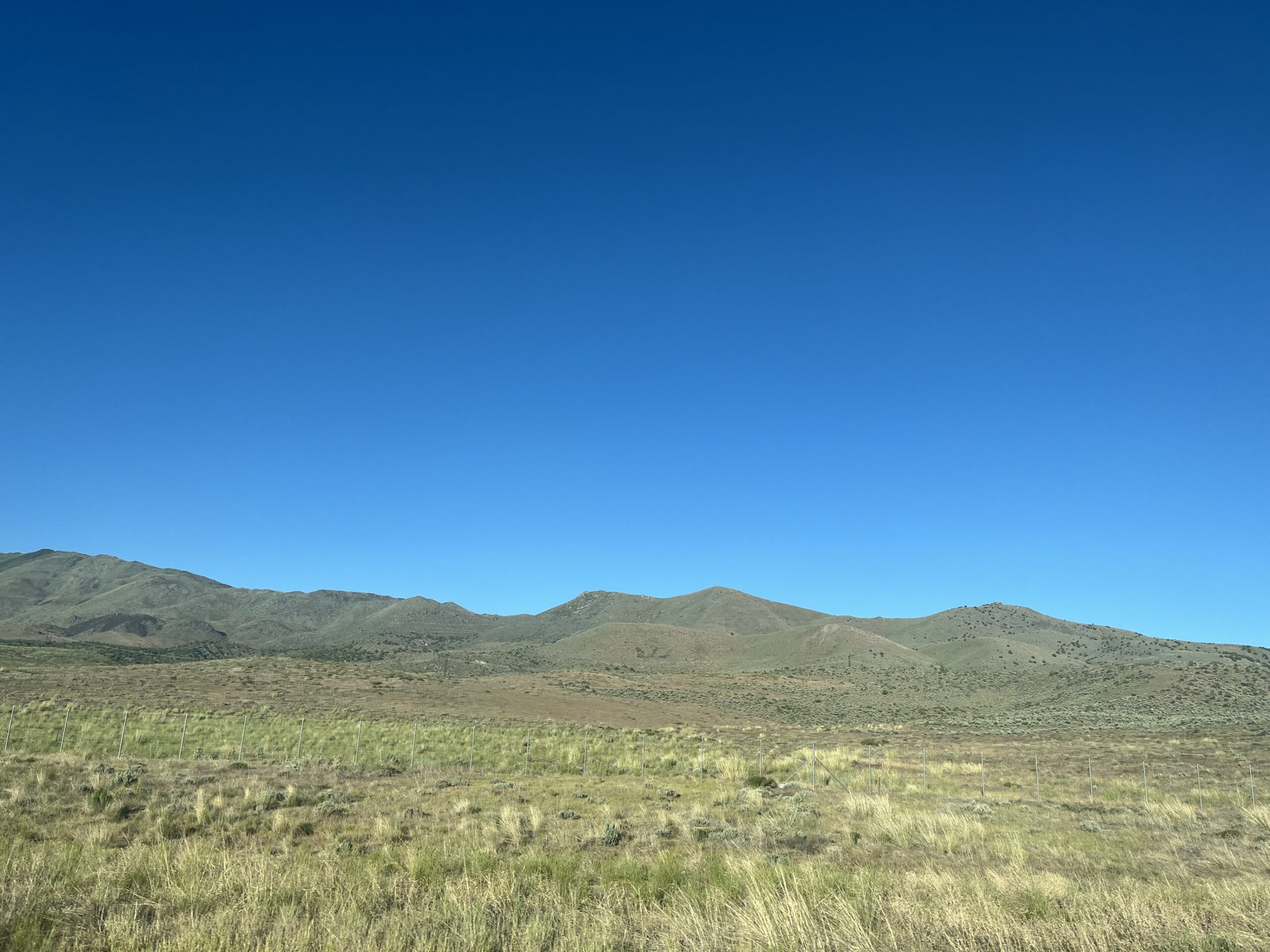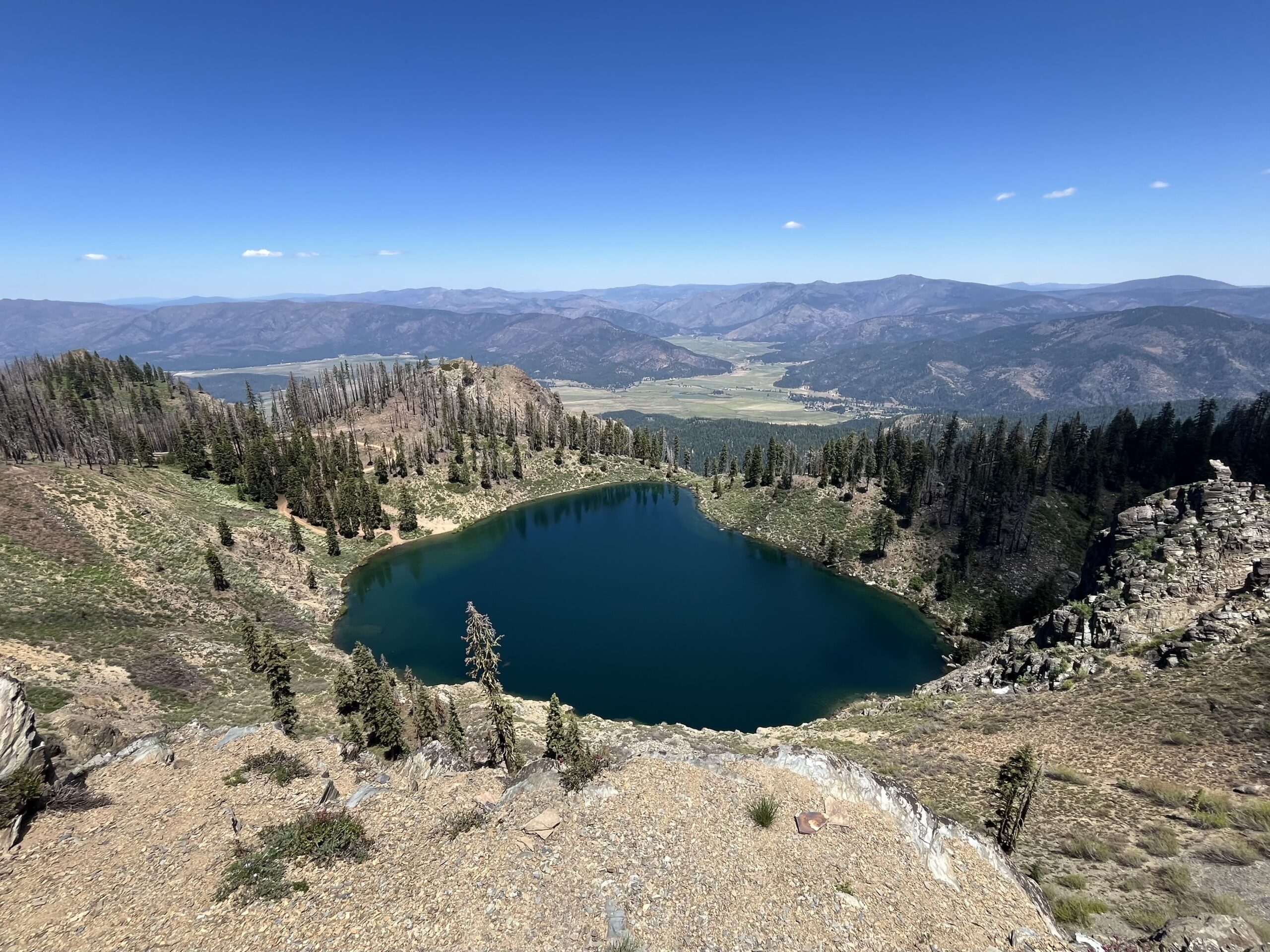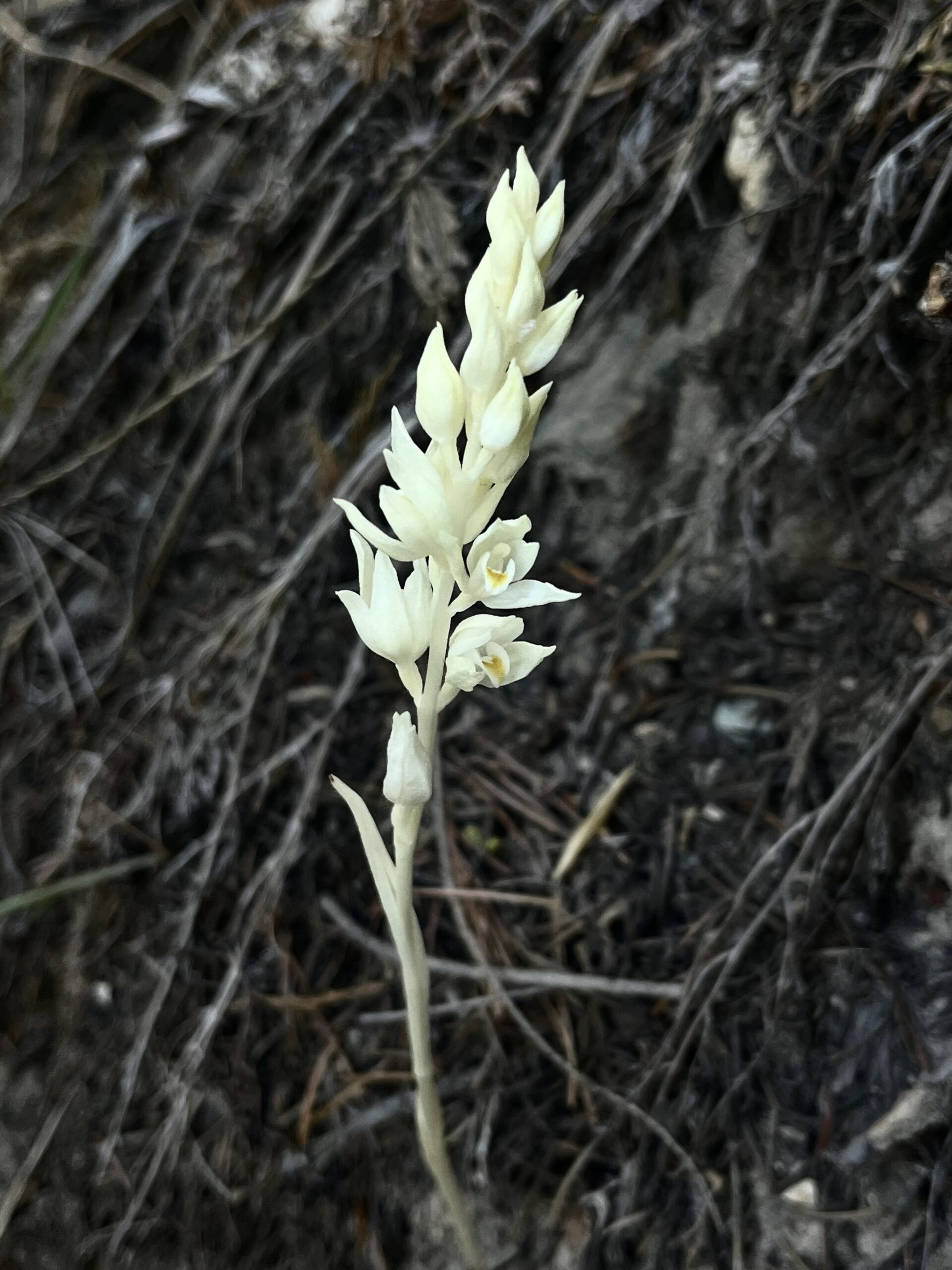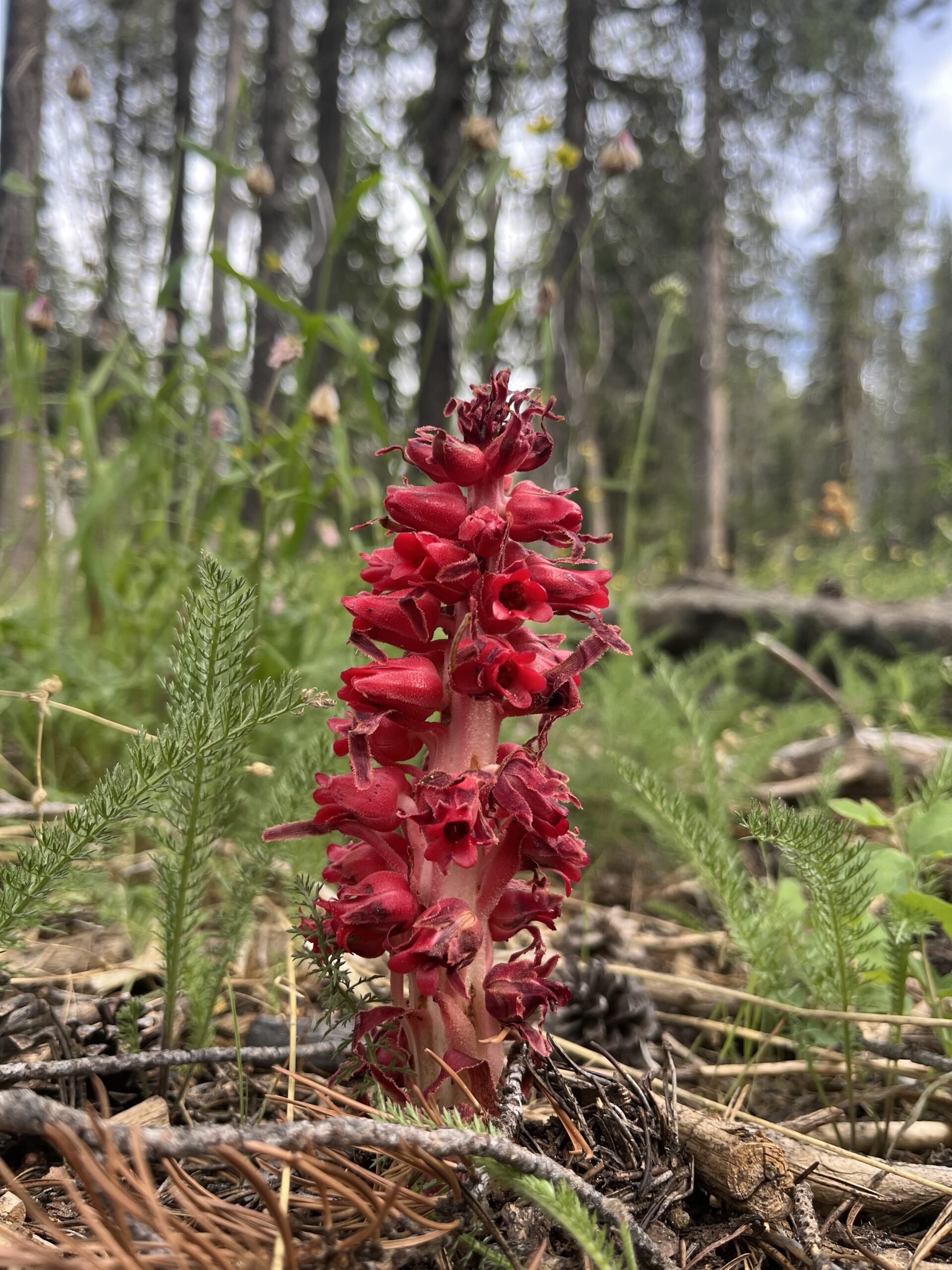I’m off to a good, but very busy, start to this internship. It has been nearly a month of training, moving across the country (North Carolina to California!), settling in, and having an intense crash course on California botany.
Having been an east coast, big city person all of my life, arriving out west was a surreal experience. After a busy week of training in Chicago, I flew from Chicago to Phoenix, then Phoenix to Reno, then had my Forest Service supervisor (Andy) pick me up in Reno and drive me the two hours to what is now the quaint little town I live in: Quincy, CA. Andy gave me all the local facts as we made our way through rural mountain roads to reach the ranger station: Quincy has a population of around 5,000 people, and is the largest town in Plumas county. Which means, despite being a very small town, there’s a fair amount of restaurants and events that happen here, because it’s where everyone in the county goes for activities. I arrived at the Forest Service housing around 10 pm, got some much needed rest, and then promptly started my first day of work two days later, that following Monday.


The first week of work mainly consisted of Andy showing me and my co-intern (Sam) around the forest, giving us a tour and also teaching us a lot about California plants. We drove all around to different areas of the forest, hopping out of the truck whenever Andy got excited about a roadside plant for us to try to guess an ID.

Later in the week we started more serious ID practice, using both the Jepson manual and a more specific local flora, to brush up on our keying skills. We walked through all kinds of habitat; rocky outcroppings on mountain tops (where we found some rare plants!), meadows, wetlands, mixed conifer forests. Some really cool species of note we saw in the first couple of weeks include: some HUGE Douglas firs (Pseudotsuga menziesii), Sugar pines (Pinus lambertiana, which produces the largest pine cones in the world), plenty of really cool myco-heterotrophic plants including Phantom orchids (Cephalanthera austiniae), Coral root (Corallorhiza maculata), Pinedrops (Pterospora andromedea), and more.




The myco-heterotrophic plants often have such striking colors to them because they don’t produce chlorophyll, which is what makes most plants characteristically green. Instead, these plants are essentially parasitic, taking nutrients from nearby tree roots by tapping into the mycorrhizal fungi associated with the tree.
Once we got a little acquainted with the plants here in northern California, Andy had us shadow him for a few days to help out with rare plant surveys so that we could continue to practice our ID skills and also have a lot more exposure to help remember all the plants we learned. I was the one transcribing one of our surveys, and we got over 150 different species! I am surprised at how well Sam and I are picking things up, but it still is a lot to remember, and I’m sure it’ll take some time before all the information really sinks in.
Last week, our third, we finally got our own Forest Service truck, which meant Sam and I were able to start going out on our own to begin scouting for plants on our native species list. We got to it immediately, because a few of our species are already beginning to go to seed. It’s been a lot of work trying to organize and plan everything in an efficient way, but so far we’ve developed a good system for staying organized with our data and seeds, and we’re reminding ourselves it’ll only get easier as we get more practice.
That’s month one in summary! It’s been overwhelming at times but overall very exciting and rewarding.
